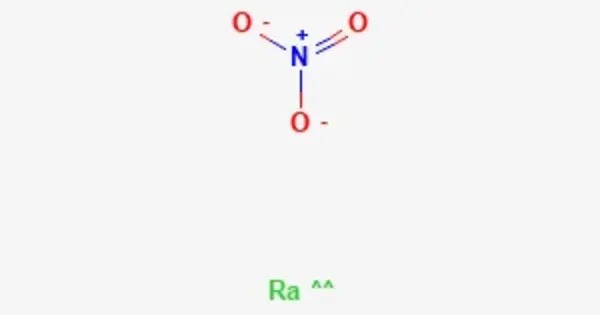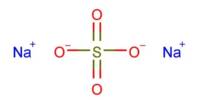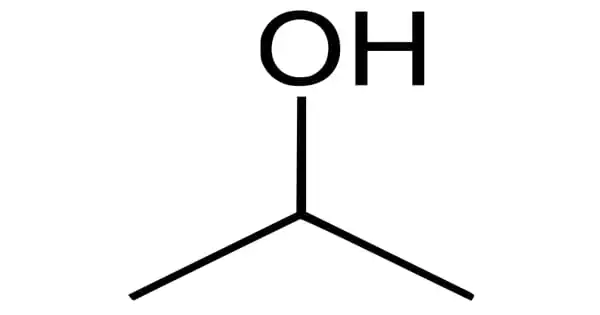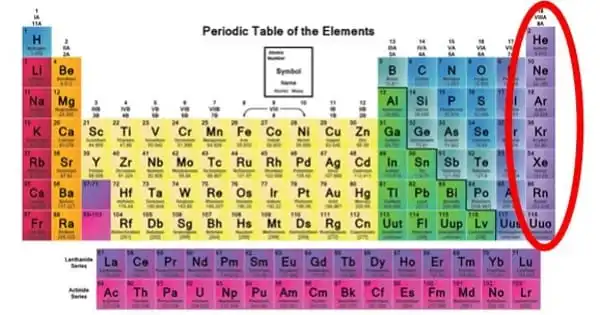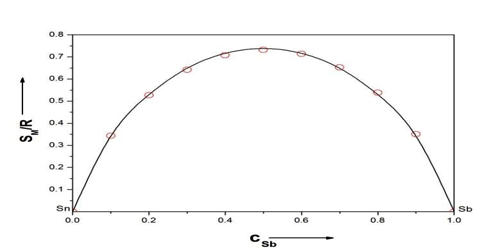Radium nitride is an inorganic compound of radium and nitrogen with the chemical formula Ra3N2. It is expected to be a solid, though its exact color is not well-documented. It is highly radioactive. Since radium is an alpha-emitting radioactive element, its compounds (including radium nitride) will also emit alpha radiation, which is dangerous to living organisms if handled improperly.
Properties
The compound forms black solid. Being a compound of radium, which is an alkaline earth metal, radium nitride is likely to be relatively unstable. Radium compounds can undergo radioactive decay over time, emitting radiation and potentially transforming into other elements. The nitrogen in Ra₃N₂ likely binds radium in a stable lattice, but the overall stability would depend on various factors, including temperature and environmental conditions.
- Chemical formula: N2Ra3
- Molar mass: 706 g·mol−1
- Appearance: black solid
Synthesis
The compound can be obtained by absorption of N2 by metallic radium:
3Ra + N2 → Ra3N2
Reactivity
Radium nitride, like other radium compounds, would be highly reactive with moisture, as many radium compounds are. It might decompose in the presence of water, releasing radon gas (Ra) and nitrogen-containing products. The exact reactivity and decomposition products are not extensively studied due to radium’s rarity and toxicity.
Occurrence
- Natural Occurrence: Radium nitride is not a naturally occurring compound and has to be synthesized in laboratories. Radium itself, however, is found in trace amounts in uranium and thorium ores, especially in minerals such as pitchblende (now known as uraninite).
- Synthesis: Radium nitride can be synthesized by reacting radium metal or radium compounds (e.g., radium hydroxide) with nitrogen or nitrogen-containing compounds, such as ammonia or nitrogen gas, under controlled conditions.
Applications
Due to its radioactive properties, radium compounds were historically used in luminous paints, although these uses have been discontinued due to health concerns related to radiation exposure. Radium nitride itself does not have widespread commercial or industrial applications, mainly because of its radioactivity and the potential hazards associated with handling radium compounds. Most research involving radium nitride is likely to be focused on its fundamental properties and behavior in the context of nuclear chemistry or physics.
Safety Considerations
Because of its radioactivity, radium nitride is extremely hazardous. Radium compounds pose significant health risks, including radiation poisoning, bone cancer, and other serious conditions due to the alpha radiation emitted. Proper shielding, containment, and handling protocols are essential when working with any radium compound.
